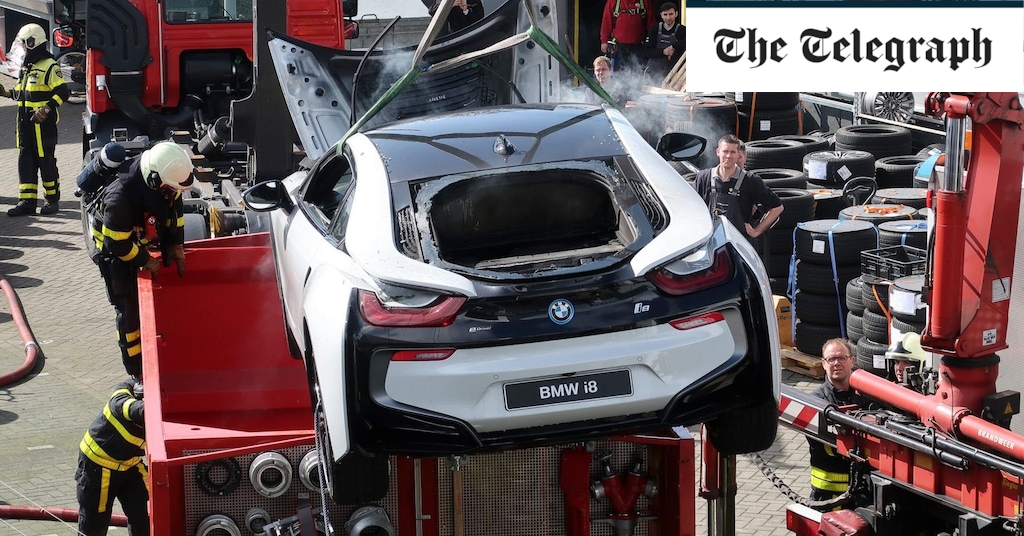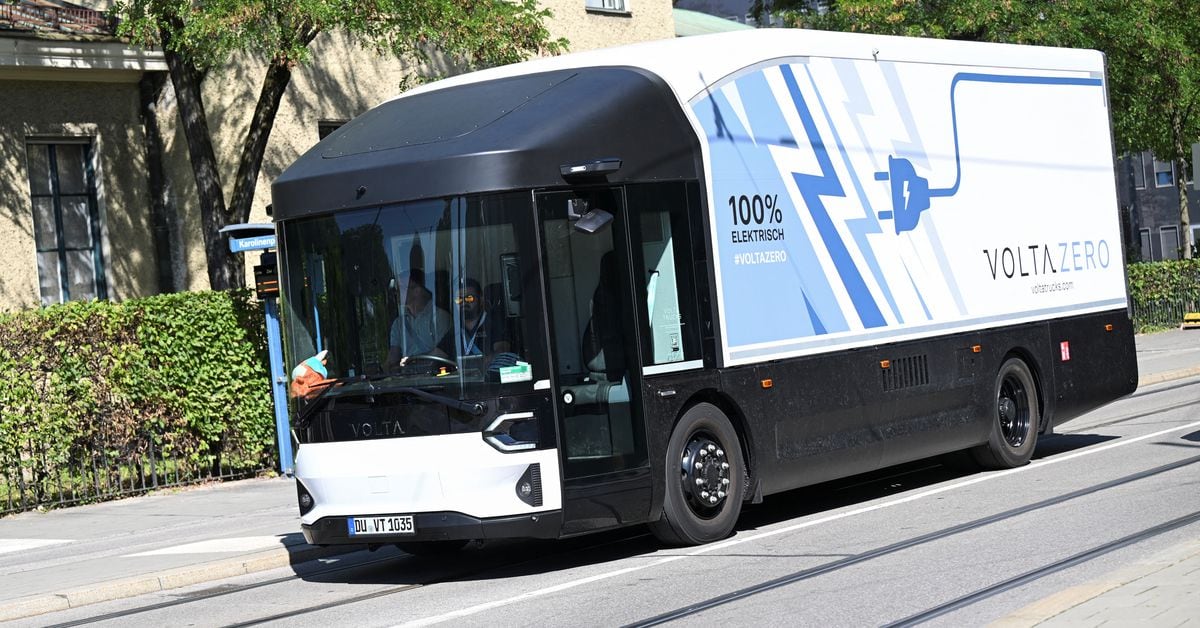AD1184
Celestial
I thought I would start a thread dedicated to all the many joys of the electric car revolution, not just those stories specifically related to Tesla and Elon Musk.
There's quite a big story in the national news here in England:
A multi-storey car park has collapsed after a fire at Luton Airport in England (ignore the airport's relatively recent re-branding itself as "London Luton Airport", Luton is nowhere near London).
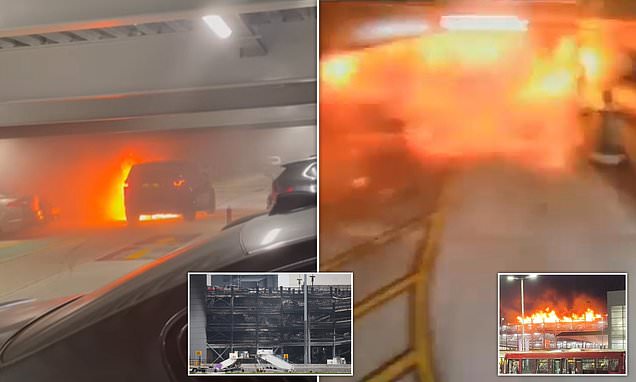
 www.dailymail.co.uk
www.dailymail.co.uk
What's interesting about this is that it was an internal combustion-engined Range Rover that apparently caught fire first, but the fire got completely out of control once it spread to neighbouring electric vehicles. After a few fires on car transporter ships and this, we can now expect this sort of thing to become a fairly regular occurrence as electric car fires take down more and more structures.
Incidents where an electric car spontaneously catches fire are happening quite regularly. Here are some more British stories from this month alone where an electric car has caught fire spontaneously.

 www.dailymail.co.uk
www.dailymail.co.uk
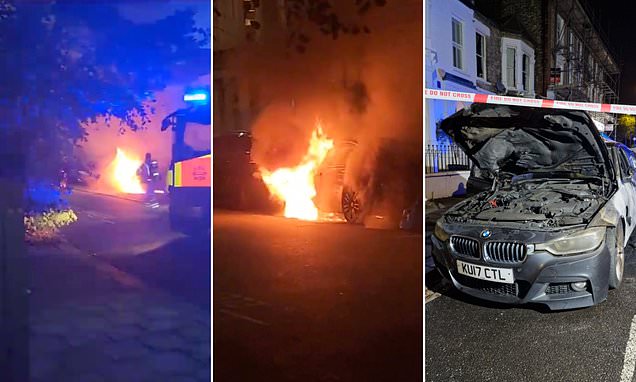
 www.dailymail.co.uk
www.dailymail.co.uk
At the beginning of the month, 21 people were killed in Italy when a bus they were travelling on caught fire after a crash.
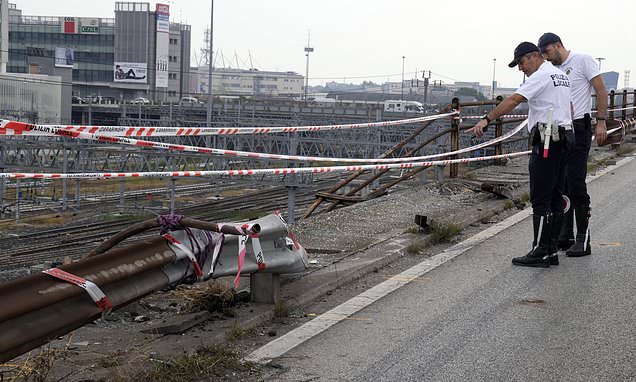
 www.dailymail.co.uk
www.dailymail.co.uk
Internal combustion engined cars are quite capable of catching fire, as they use combustible fuel, and a mishap such as a fuel leak in the engine bay can cause a fire. However, typically the car has to be either running, or very recently running, for a fire to take place. Electric cars have a propensity to catch fire while sitting still, or while charging (which can be for significant proportion of its life). Furthermore, when an electric car catches fire, the results are typically much more devastating. Furthermore, there is a much greater propensity for electric car fires to spread between neighbouring parked electric vehicles (such as in the Luton parking structure incident above, or on at least two car transporter ships that have been lost at sea in recent years).
An electric car fire cannot typically be put out by the fire brigade, whereas an ICE car fire can. There are documented events where firemen have expended tens of thousands of gallons of water over hours onto single burning electric vehicles before the fires have gone out. Some official figures from manufacturers quote a typical water requirement to extinguish an electric vehicle fire, but with the observed quantities expended fighting real fires, one questions whether the water played a role in extinguishing the fires at all, or whether the fires were self-limiting by having expended all fuel available to them.
There's quite a big story in the national news here in England:
A multi-storey car park has collapsed after a fire at Luton Airport in England (ignore the airport's relatively recent re-branding itself as "London Luton Airport", Luton is nowhere near London).

Is this the car that started the London Luton car park fire?
Fire crews spent some 12 hours battling the inferno at the airport's £20million Terminal Car Park 2 after the multi-storey was engulfed by flames and caved in just before 9pm last night.
What's interesting about this is that it was an internal combustion-engined Range Rover that apparently caught fire first, but the fire got completely out of control once it spread to neighbouring electric vehicles. After a few fires on car transporter ships and this, we can now expect this sort of thing to become a fairly regular occurrence as electric car fires take down more and more structures.
Incidents where an electric car spontaneously catches fire are happening quite regularly. Here are some more British stories from this month alone where an electric car has caught fire spontaneously.

Family's electric car catches fire and sets their house ablaze
The Hensbys were woken by strangers driving by after their home near St Austell, Cornwall became engulfed with flames as a a result of their electric car catching fire in the middle of the night on Monday.

Car bursts into flames as black smoke rises from the burning wreckage
This is the moment as a car spontaneously bursts into flames at 7pm on Saturday, as black smoke rises from the wreckage on Abbeville Road in Clapham Common.
At the beginning of the month, 21 people were killed in Italy when a bus they were travelling on caught fire after a crash.

Battery technology in the crashed Venice bus made it less prone to...
MILAN (AP) - Italy´s transport minister is questioning the spread of electric vehicle technology following the fiery crash of a fully electric shuttle bus...
Internal combustion engined cars are quite capable of catching fire, as they use combustible fuel, and a mishap such as a fuel leak in the engine bay can cause a fire. However, typically the car has to be either running, or very recently running, for a fire to take place. Electric cars have a propensity to catch fire while sitting still, or while charging (which can be for significant proportion of its life). Furthermore, when an electric car catches fire, the results are typically much more devastating. Furthermore, there is a much greater propensity for electric car fires to spread between neighbouring parked electric vehicles (such as in the Luton parking structure incident above, or on at least two car transporter ships that have been lost at sea in recent years).
An electric car fire cannot typically be put out by the fire brigade, whereas an ICE car fire can. There are documented events where firemen have expended tens of thousands of gallons of water over hours onto single burning electric vehicles before the fires have gone out. Some official figures from manufacturers quote a typical water requirement to extinguish an electric vehicle fire, but with the observed quantities expended fighting real fires, one questions whether the water played a role in extinguishing the fires at all, or whether the fires were self-limiting by having expended all fuel available to them.



